Features and types of expanded clay concrete wall blocks
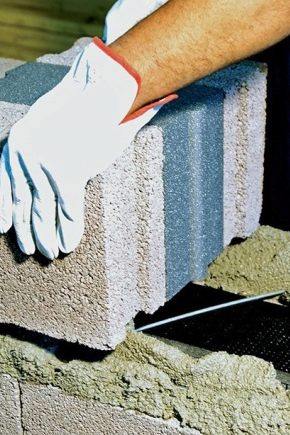
The use of a wide range of different materials in construction allows us to solve all sorts of tasks, sometimes very specific. But this can be done only with a full knowledge of the characteristics of each substance. A mixture of expanded clay with concrete also deserves close attention.
Characteristics of expanded clay concrete
Expanded clay concrete is a lightweight concrete, expanded clay is used as a filler. Basically, cement is used to bind the components. Lime and gypsum are much less common; sand is always included in the material. Expanded clay concrete is divided into dense and large-pored varieties. The lightest type of material is used in the production of wall panels.
Single-layer panels based on expanded clay concrete are called so only conditionally. In reality, such a block is formed from the following components:
- the main layer of aerated concrete;
- inner decorative shell;
- covering the outer shell from external influences.
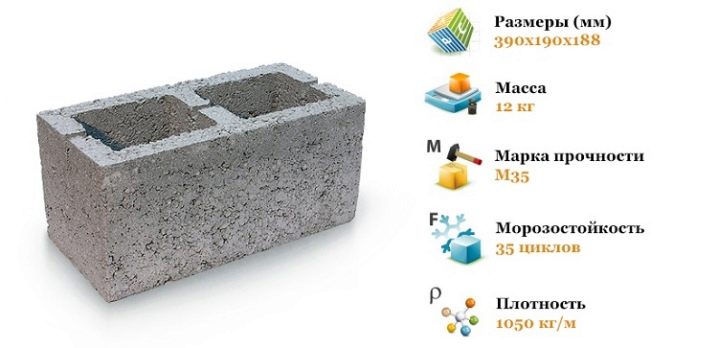
Inside, a high-density solution is used (1.8 tons per 1 cubic meter). The thickness of such a material is 1.5 cm. The purpose of such a coating is to protect the main part from contact with water vapor.
The layer facing the street has not only a protective but also a decorative function. Its thickness ranges from 1 to 2.5 cm. For the manufacture of the outer shell, cellular concrete is used, capable of passing steam. As a result, the block is guaranteed to be impervious to moisture. The outer surface of the block has a density of 1200 to 1400 kg per 1 cubic meter. m.
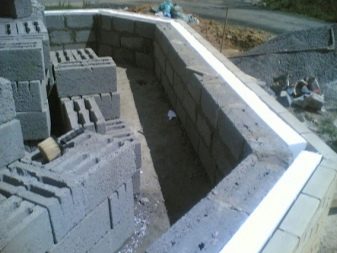
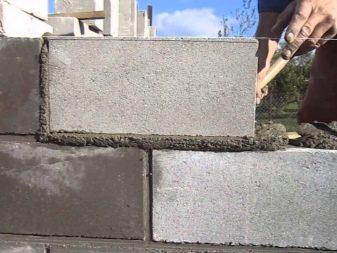
Three-layer panels made of expanded clay concrete are found somewhat less often than their single-layer counterparts. For the construction of such blocks, several layers of lightweight or heavyweight concrete are used. They try to distinguish them with the following heaters:
- mineral wool;
- foam glass;
- fibrolite;
- glass wool;
- Styrofoam.

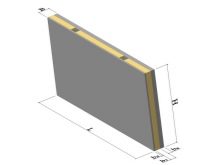

In any case, these materials must have a density of no more than 400 kg per 1 cubic meter. m. To exclude the accumulation of water in the insulating layer, a ratio of 1.2: 1 must be maintained between the core and the shell. Additionally, a vapor barrier is used, most often roofing material and foil. This barrier should separate the insulating layer from the main body. In order for the block to be as reliable and durable as possible, special connections of a rigid or flexible type must be created.
In addition to the number of parts, it is customary to sort products by structure. A solid expanded clay concrete block is used for the construction of houses with a height of 2 and 3 floors. These products are also needed to create, albeit less tall, but very important structures.
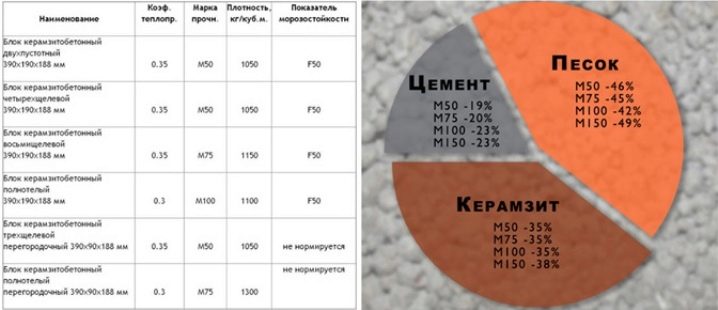
The hollow type of expanded clay concrete block is mainly needed for the construction of one-story houses and single partitions. And also these products are characterized by low thermal conductivity.
It is worth paying attention to the cladding structures, which can reduce the overall construction time of buildings. If you use them, you can immediately create a finished surface. One of the faces of such blocks necessarily has a special coating or paint layer. There are expanded clay blocks, the color of which is due to the addition of natural colored clay or certain pigments. Finishing panels can have 1-3 layers, and multi-layer options are distinguished by the highest resistance to heat transfer.
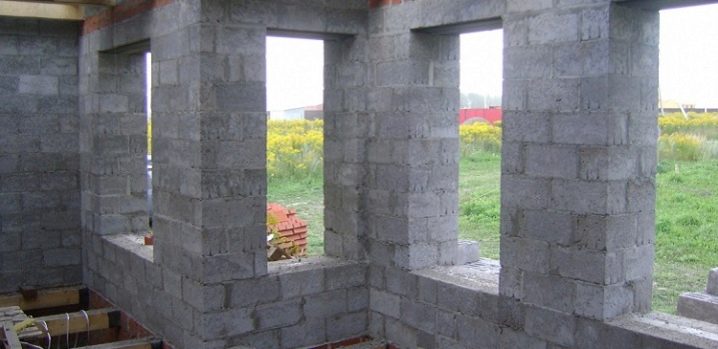
Views
Structural expanded clay concrete blocks are needed to build objects that are undergoing significant loads. This primarily applies to bridges and large structures.The density of products in this group is from 1400 to 1800 kg per 1 cubic meter. m. In this case, the compression resistance is equal to 100-500 kg per 1 cubic meter. cm. In addition to reducing the weight of structures, an attractive aspect is the high resistance to frost (about 500 cycles).
No less important in practice are structural and thermal insulation products that are needed to obtain wall panels in one layer. Even on the basis of such expanded clay slabs, larger blocks are formed. Compression resistance ranges from 350 to 1000 kg per sq. cm. At the same time, the density is equal to 700-1200 kg per 1 cubic meter. m. Resistance to frost is non-uniform (15–100 cycles, depending on the characteristics of the technology).
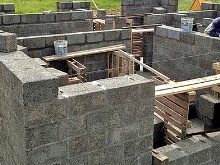
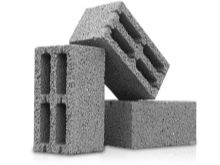

There are also expanded clay concrete blocks used for thermal insulation of enclosing structures. For them, the standard compressive strength is from 5 to 25 kg per 1 sq. cm, and density - from 350 to 600 kg per 1 m³. A high-quality expanded clay concrete wall panel is always lighter than elements made of plain concrete. In a number of places, it is she who is the best solution for construction. The majority of orders are for slab products made from expanded gravel of light fraction. The bulk density of such slabs belongs to one of three categories, such as:
- M300;
- M400;
- M500.
Typical panel thickness is 0.6 m. If necessary, an individual order must be submitted. Then blocks can be made according to specially selected dimensions. In any case, in the production of curtain wall panels, GOST must be observed very strictly. As part of each shipped batch, no more than 10% of blocks with cracks are allowed.

Size and weight
The most common dimensions of expanded clay concrete blocks include SKTs 390x190x188 mm. The mass of this design is 12 kg. If the product description indicates a thickness of 400 mm, in reality it is 390 mm (rounding is done for the convenience of calculations). With an increase in the concentration of the filler, the block becomes lighter, while its thermal conductivity decreases. Often you can find a mention of expanded clay concrete stones 390x188x120 mm. Their main characteristics are as follows:
- weight - 6 kg;
- storage possibility for 1 sq. m - 12.5 pcs.;
- the number of cycles of freezing and defrosting - 50;
- the mechanical strength corresponds to the M50 category.
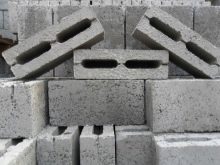
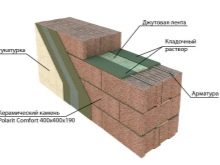
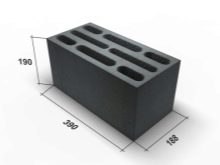
Pros and cons of expanded clay products
Expanded clay concrete is ahead of conventional concrete to protect premises from frost. Moreover, its market value is slightly lower than that of high-quality aerated concrete. The mechanical characteristics are approximately at the same level. But expanded clay is characterized by increased resistance to moisture and aggressive chemical compounds. The increased porosity makes the material unsuitable for the construction of foundations and overall structures.
Slabs and panels made of expanded clay concrete are mainly used in the construction of apartment buildings and cottages, and they are also needed when creating internal partitions. Another use case is to saturate the frame, which is made of reinforced concrete.
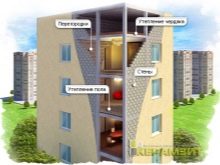
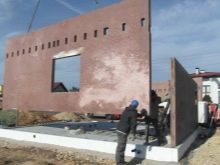
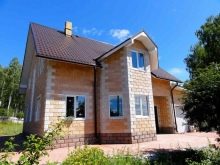
If we compare expanded clay concrete blocks with silicate bricks, you will find such advantages as:
- reduction of cement costs;
- increase in the speed of work;
- reducing the volume of the wall and expanding the premises themselves;
- excellent environmental and sanitary parameters.
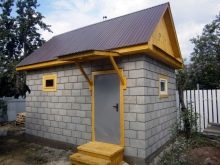
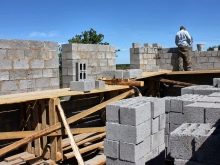

But expanded clay concrete has a number of problems, namely:
- there are almost no ready-made instructions for use;
- high price in comparison with brick (fully justified by the characteristics of the material);
- relatively poor appearance of structural blocks;
- a large number of cold bridges.
For the features and types of expanded clay concrete wall blocks, see below.













The comment was sent successfully.